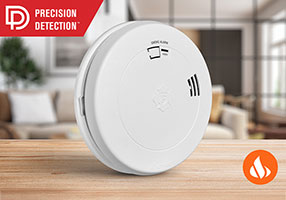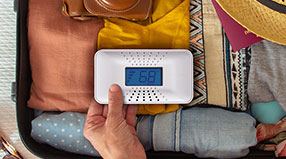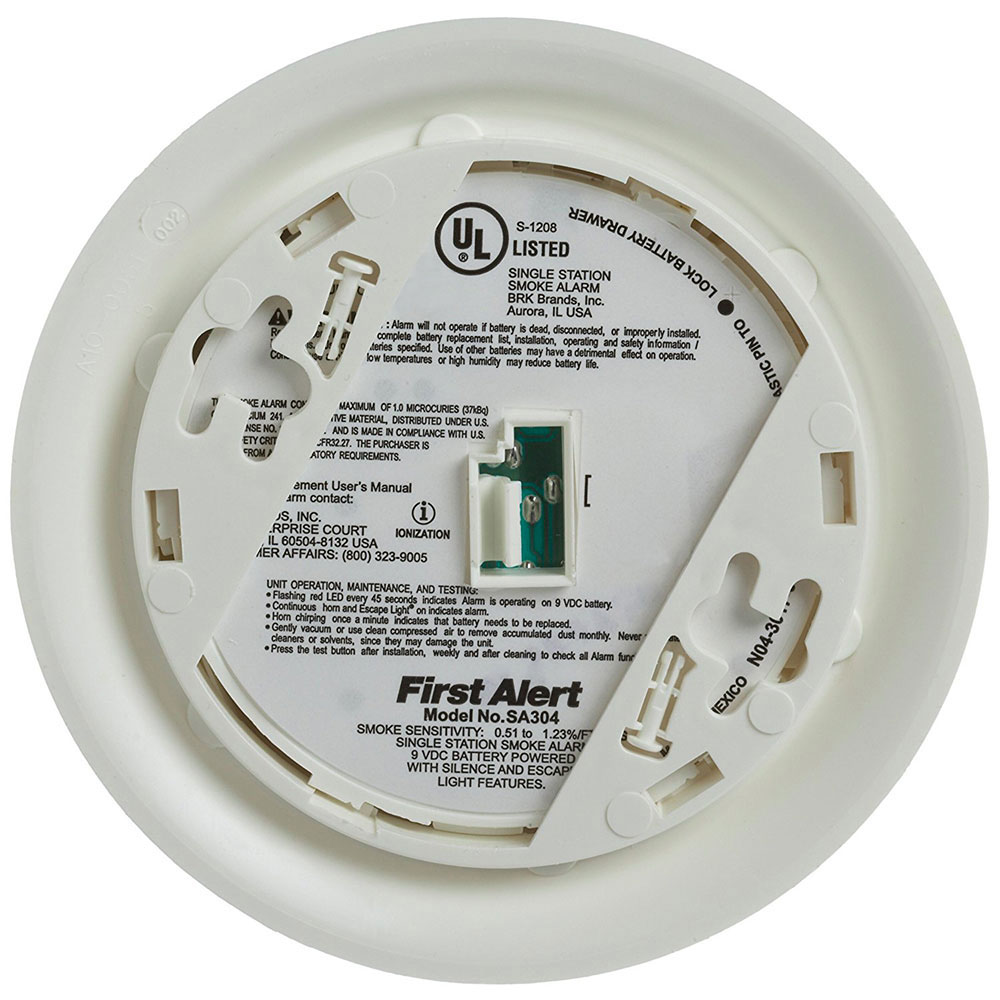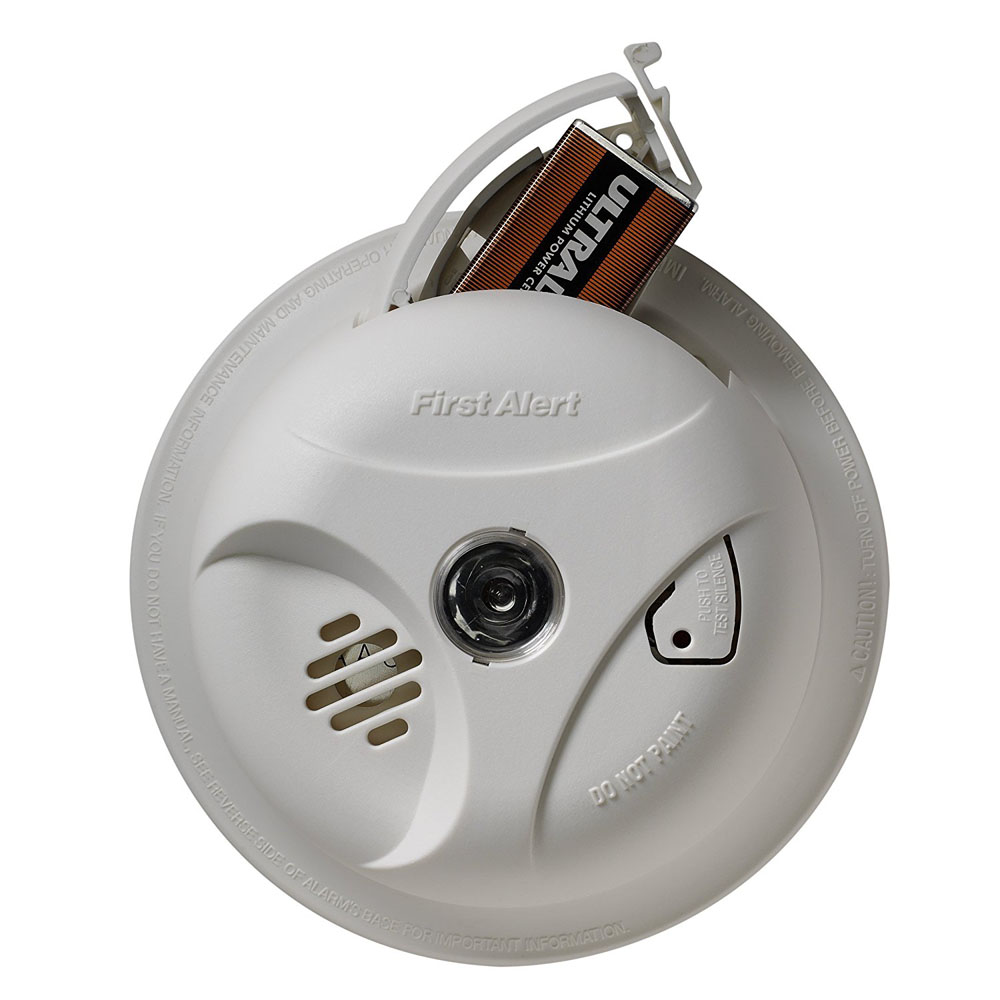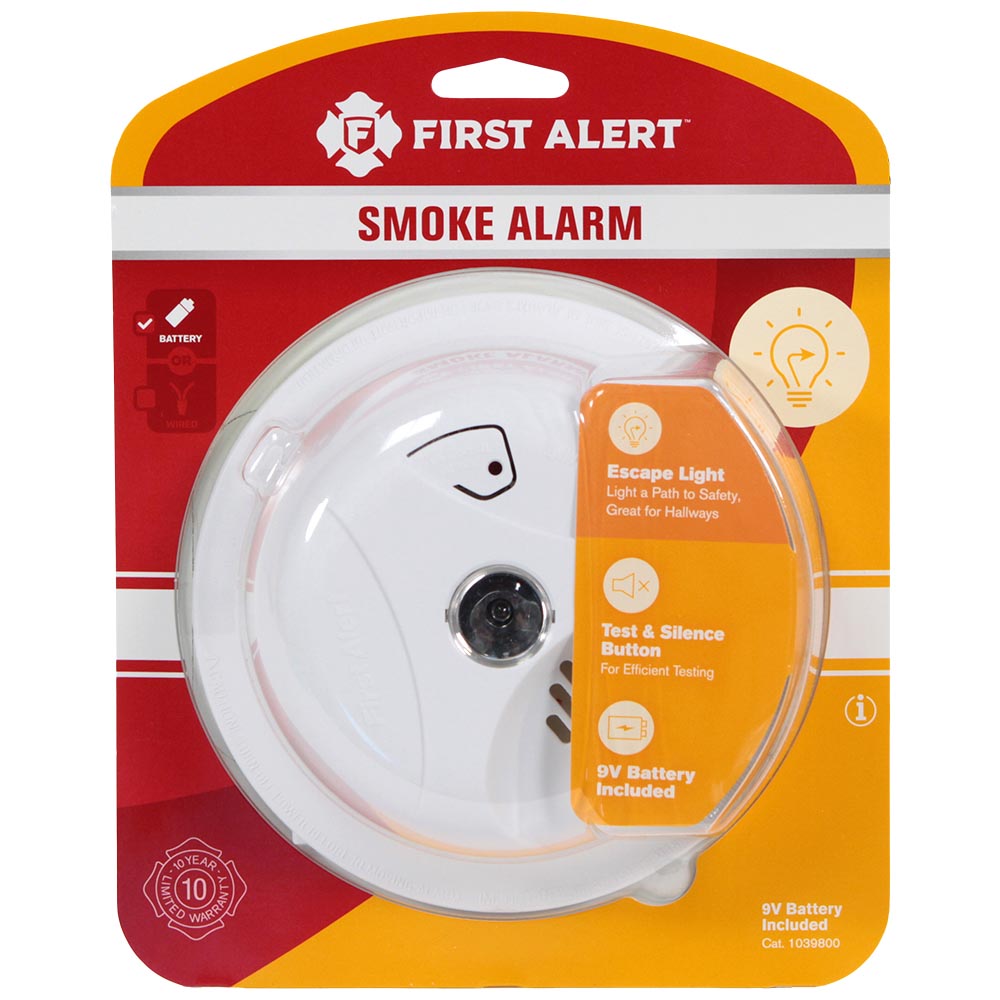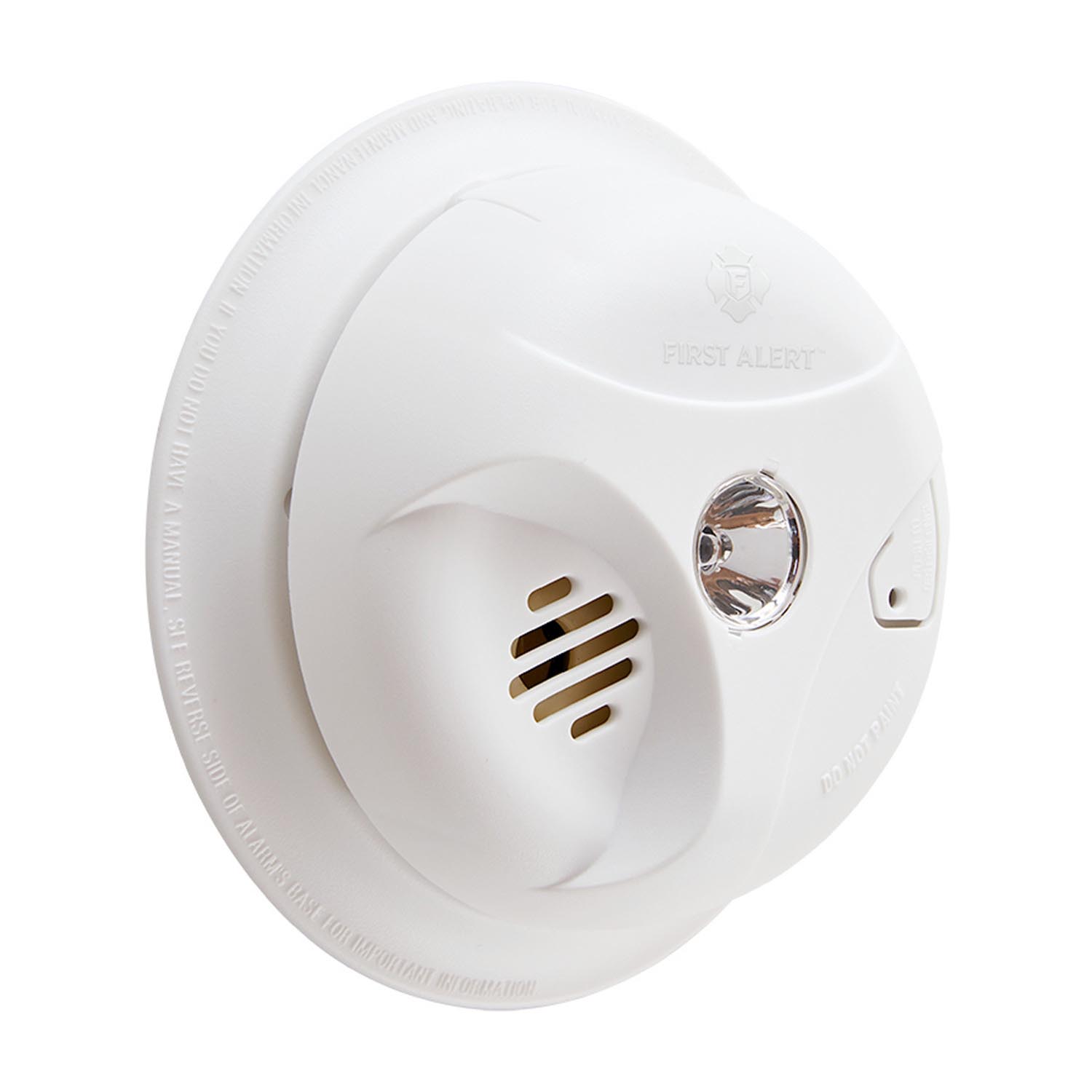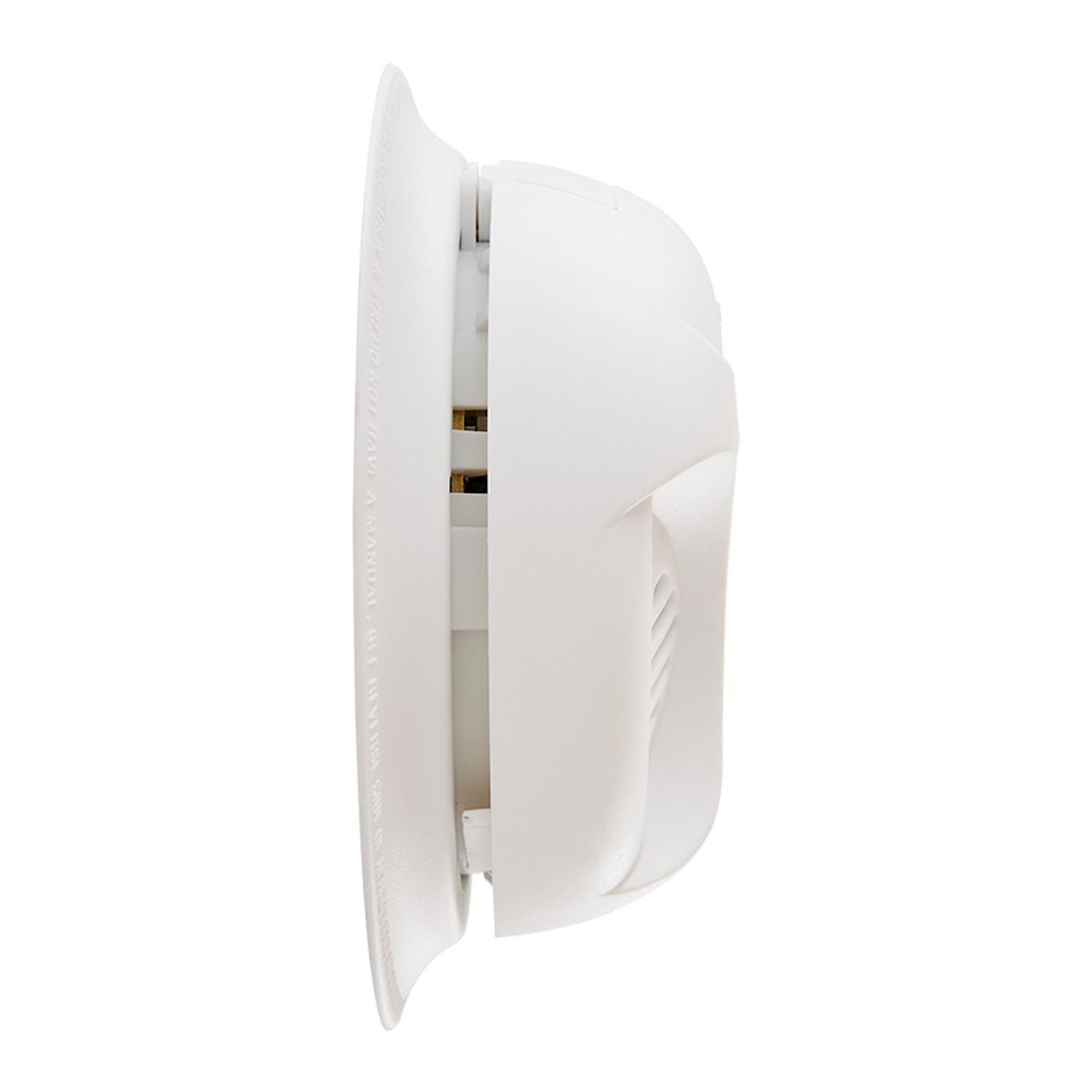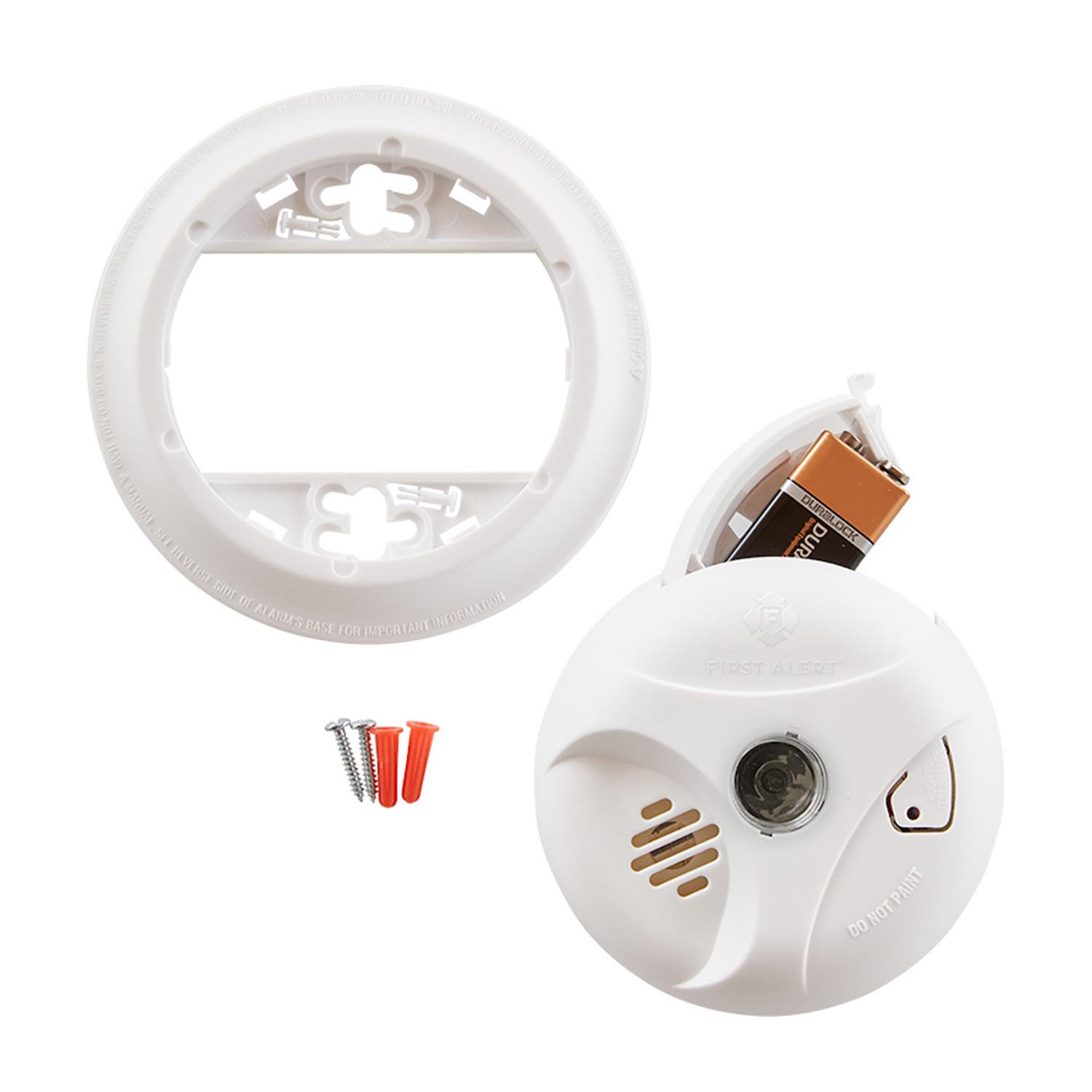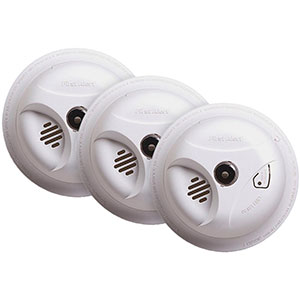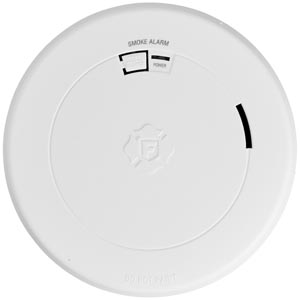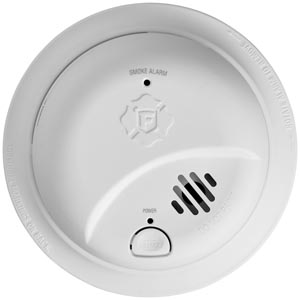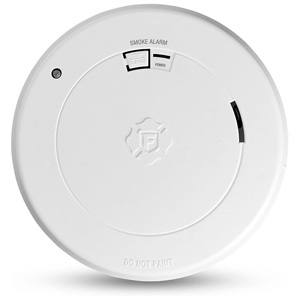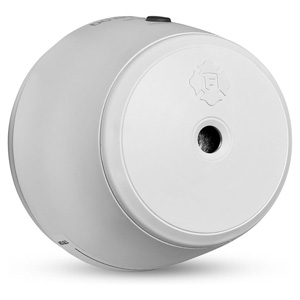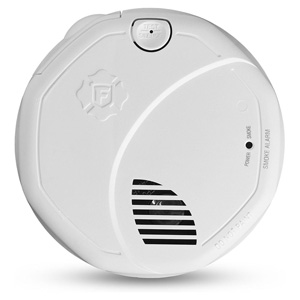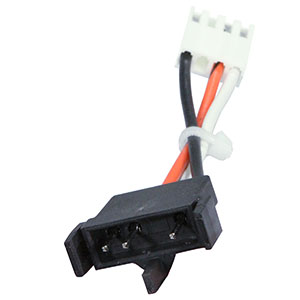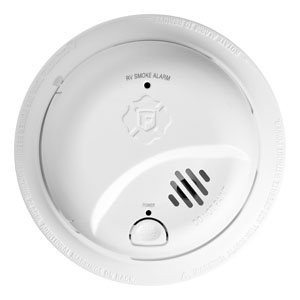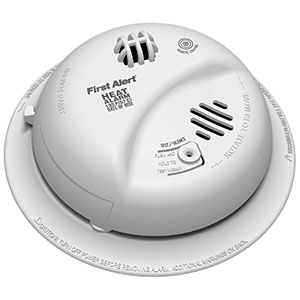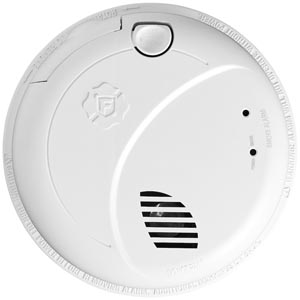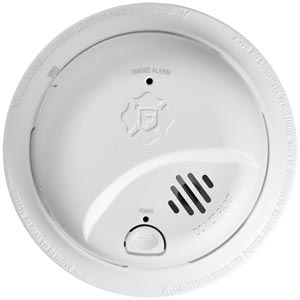First Alert Escape Light Smoke Alarm - SA304CN3 (1039800)
Escape Light Smoke and Fire Alarm
First Alert's Escape Light Smoke Alarm comes equipped with a bright light to illuminate a clear path to assist owners in their escape. Utilizing an Ionization Smoke Sensor, this alarm performs exceptionally well in detecting smoke brought on by flaming fires. A Mute Button has been included to serve the dual purpose of silencing nuisance alarms and testing the functionality of your detector. The addition of an EZ Access Battery Door removes the hassles and burdens associated with changing your alarm's batteries. Further additions such as a Theft-Prevention Lock establish peace of mind and eliminate the thought of others tinkering with your alarm. The First Alert Escape Light Smoke Alarm features a 10 year limited warranty and meets UL217 standards.
Ionization Sensor Reliably Detects Flaming Fires
The First Alert Escape Light Smoke and Fire Alarm comes equipped with an ultra-reliable ionization sensor to provide the earliest possible warning of a fast-flaming fire. The sensor is optimized to detect flaming fires, such as those caused by paper, kitchen grease, and other fast-combusting materials.
Bright Escape Light
Escape light will activate when triggered. The First Alert’s Escape Light Smoke Alarm will create a clearer path to safety by illuminating the surrounding area.
Test and Silence Button
Mute Button has been included to serve the dual purpose of silencing nuisance alarms and testing the functionality of your alarm.
First Alert Escape Light Smoke Alarm SA304CN3
* California and New York Residents - Please note this alarm is not compliant with your State's 10 Year Sealed Battery Alarm Legislation Requirements.
Actual battery service life depends on the particular design of your smoke or carbon monoxide alarm and the environment in which it is installed. All kinds of alarm batteries specified in the user's manual are acceptable replacement batteries. Regardless of the manufacturer's suggested battery life, you MUST replace the batteries immediately once the unit starts "chirping" (the "low battery warning"). It is recommended that you change the batteries in your alarms when you change your clocks for daylight saving time. Also consider replacing your current alarms with 10-Year Life Alarms that never require a costly battery replacement for the ten year life of the alarm. This 10-Year series is available in smoke, carbon monoxide and combination alarms.
Other reasons include: It could be a different device or appliance such as a security system, monitor, carbon monoxide alarm, or other device which has a similar low battery or alert signal. Some of the same factors that cause unwanted alarms can cause intermittent alarms: dust and insects in the alarm or power interruptions in hardwired alarms. Improper wiring on AC or AC/DC smoke alarms. AC alarms will chirp every 5 seconds if the interconnect wire is grounded. The orange interconnect wire should NEVER be grounded; it should only be used to interconnect other smoke alarms or compatible devices.
- You may not be holding the test button down long enough. Try holding it down for up to 10 seconds (20 seconds on photoelectric models) .
- Your battery may not be installed properly or snapped all the way in place. Even if the alarm sounded briefly when the battery touched the terminals, you still need to make sure it is snapped securely in place. If the battery is loose, in cannot power the smoke alarm properly. After installing new batteries, be sure to test your smoke detector.
- Your AC power may not be on. AC and AC/DC units will have a power indicator light (red or green) that shines continuously when they are receiving electrical power.
- If you have a 10-Year model, the smoke alarm may not have been properly activated. If the tab broke away before the alarm was activated, you can use a toothpick to move the switch over to test the alarm.
- There may be insufficient battery power, try new batteries.
- Problems with voltage or insufficient electrical power (brown out) may cause a continuous weak sounding alarm. For AC or AC/DC models, temporarily disconnect power at the service panel until the brown out is over. If you do not restore the AC power, your smoke alarms cannot warn you of a fire.
- Incompatible warning device. If an incompatible alarm or auxiliary device is linked into a series of AC or AC/DC smoke alarms it may cause the system inadvertently go off.
- It is possible that your smoke alarm "silence" button was pushed by mistake. The alarm will now "chirp" once a minute for up to 15 minutes before resetting.
- Are you sure it's the smoke alarm? Funny to ask, but other devices have similar low battery chirps or warning tones.
- Your "new" batteries may not be fresh. If batteries are stored, especially in cold areas like refrigerators, they lose their charge more quickly. Always check the freshness date on the package when buying new batteries. Keep plenty of replacement batteries on hand so that you are sure to always be protected by your smoke alarms.
If it's time to replace your alarms, consider the NEW 10-Year Life series and never have to worry about a battery replacement for the life of the alarm.10-Year alarms are available in smoke, carbon monoxide and combination alarms.
- Power Source: Battery Operated
- Battery Type: 9V
- Sensor: Ionization
- Noise Output: 85 dB in a T3 Pattern
- Bright Escape Light: Activates with alarm to illuminate a path to safety
- Single Button: One press to silence and test alarm
- Perfect Mount: Mounting bracket keeps alarm secure over a wide rotation range to allow for perfect alignment.
- Tamper Resistant: Includes Locking Pins
- Optional Locking Feature: Secures alarm to mounting bracket
- Side Load Battery Compartment: No need to remove alarm from ceiling to change battery
- Standards: UL 217
- Warranty: 10 Year Limited
- Product Dimensions (LxWxH): 4.34 x 1.9 x 4.34 in.
- Product Weight: .3 lbs.
- Smoke particles of varying number and size are produced in all fires. For maximum protection, use both ionization and photoelectric sensing technologies. Ionization alarms are generally more sensitive to fast flaming fires and photoelectric alarms are generally more sensitive to smoldering fires.
If you are interested in ordering a large quantity of items you may qualify for volume pricing discounts. Volume Discount Pricing is a great way for customers to save big on large, bulk orders of most items available in our store. Please send a bulk order request to our friendly sales staff so they may create a quote and provide personal service for your order! You will receive a response within 1-2 business days and our office hours are Monday through Friday, 8am-5pm CST.
- Let us know what products & the quantities you are interested in.
- Get a detailed quote from a dedicated sales rep.
- Our warehouse ships directly to you.
- You enjoy the savings & are now a preferred customer.
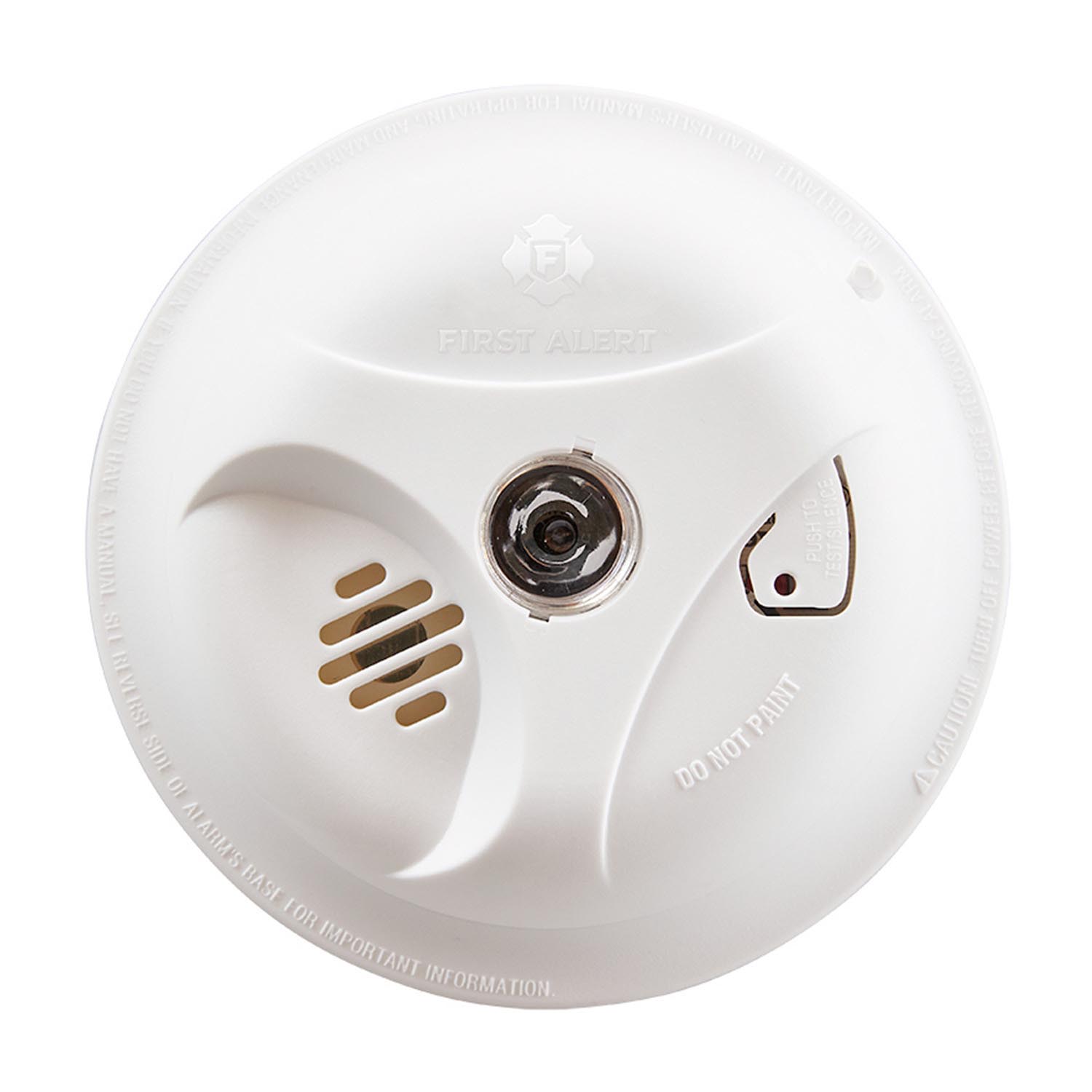
First Alert Battery Powered Smoke Alarm with Escape Light - SA304CN3 Reviews
Did not get an sa304, received an sa300. Not been installed very long, but it works fine. The sa304s I received before are workin fine. Seams to be very good units
Excellent product, emergency lights were brighter than I thought they would be. First Alert should consider manufacturing this model in also a hard wire item
Easily installed the smoke alarm near an exit that didnt have any alarms. I love the light so that in case there is a true fire we can find our way out. It gives me a piece of mind which important.
looks good
Quick install remember to read the instructions on how to test it.
5 It is working great and I had no trouble putting them up, it was easy to follow the instructions.
Works great. Product was shipped very quickly. Good, inexpensive smoke alarm.
Great basic smoke detector. We did not want one with bells and whistles, nothing hooked up to an external system. This fit the bill!
Just what I needed!
Needed to replace our expired detector. I had a hard time finding one with a light.

